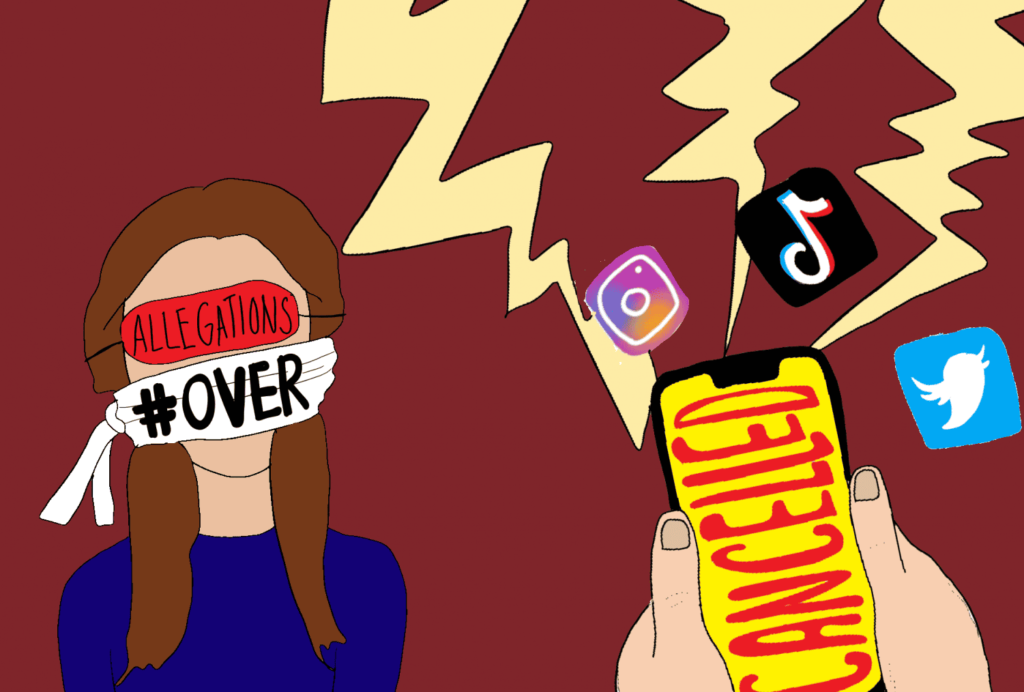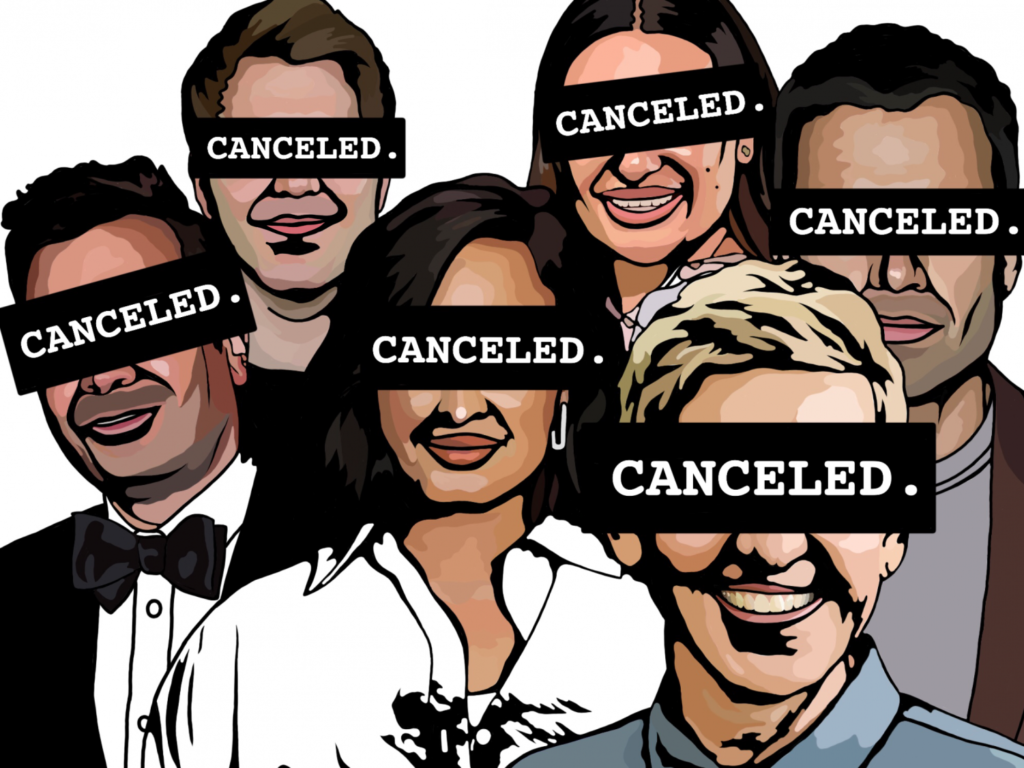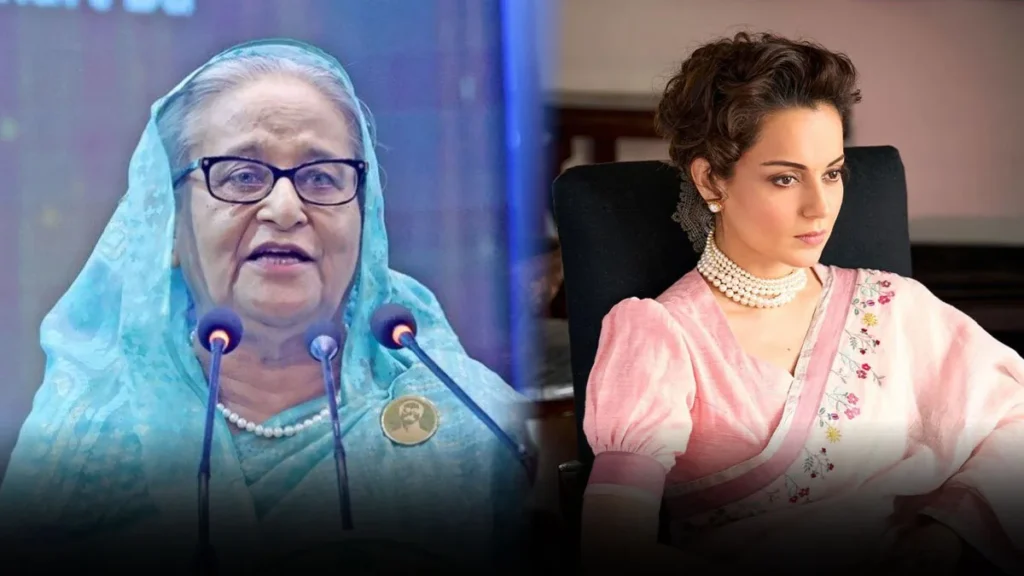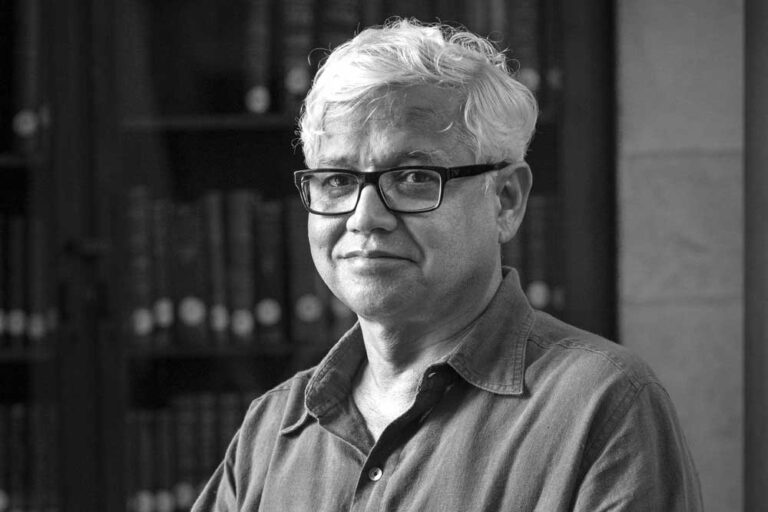
Imagine a world where one tweet, one statement, or one leaked video can undo years of fame, career, or social standing. Well, you don’t have to imagine — that is our reality, and it’s called cancel culture. It refers to the public calling out and boycotting of people, brands or institutions for perceived offensive behavior or opinions.
But here’s the thing: cancel culture doesn’t look the same everywhere. While it’s a storm in the West, it’s often a quiet wind in the East. Why is that? Let’s explore.

The Western Lens: Power to the Individual

In Western societies like the US and parts of Europe, cancel culture is loud and fast. This is because these societies have long celebrated individualism, freedom of speech and activism. When someone says or does something offensive, the public, especially on platforms like X (formerly Twitter), reacts instantly. There are trending hashtags, viral videos, open letters and even brand boycotts.
Take the example of J.K. Rowling. Her critical comments on gender identity led to widespread backlash, and many fans chose to distance themselves from the Harry Potter franchise. Another example is Kanye West, whose repeated controversial statements cost him brand partnerships and public support.
The Eastern Approach: Collectivism, Shame and Silence

Now to shift focus to countries like India, China or Japan. Here, cancel culture is softer, slower and less direct. Why?
Eastern societies are often collectivist. People care more about family honor, community reputation and social harmony than individual expression. Rather than direct confrontation, these cultures use tools like social ostracism, silent boycotts or quiet withdrawal of support.
For example, in India, celebrities like Kangana Ranaut or even politicians often face backlash, but they are rarely fully cancelled. The outrage may be intense for a few days, but it usually fades without long-term consequences.
Role of Social Media: The Common Ground, Yet So Different
Social media plays a major role in both spheres. But the impact varies.
In the West, social media platforms are open arenas for debate, satire and backlash. In the East, especially in countries like China, social media is heavily monitored, and narratives are tightly controlled. So, public cancellation is rare or strategically managed.
In India, while Twitter and Instagram see bursts of cancel campaigns, they often quickly turn into meme-fests or political debates rather than real cancellation.
Cultural Roots Behind the Difference
The East values forgiveness, privacy and gradual correction. The West, on the other hand, values transparency, justice and vocal activism.
These roots go deep:
- In the West— think Enlightenment, human rights, democracy and protest movements.
- In the East— think Confucian values in China, Gandhian non-violence in India or the Japanese culture of saving face.
So, even the tools we use to correct wrongs are shaped by our cultural DNA.
Does Cancel Culture Even Work?
Here’s a question many are asking today. Does cancel culture bring justice or just public shaming? Does it educate or simply punish? In the West, the debate continues. In the East, many still prefer quiet correction or legal action over loud cancellation.
Globally, there’s a growing push for more conscious cancel culture, not just blind hate, but dialogue, education and accountability.
The Future of Cancel Culture
Cancel culture is not going away, but it is evolving. In the West, it may become more balanced, more fact-driven. In the East, it may slowly gain momentum with rising internet literacy and youth participation. Ultimately, cancel culture reflects how societies choose to deal with mistakes. Whether loud or silent, fast or slow, public or private, every culture rewrites the rules in its own way.
For more such informative articles, stay tuned at The World Times.



